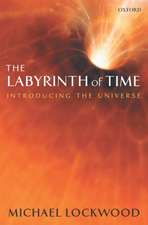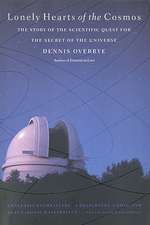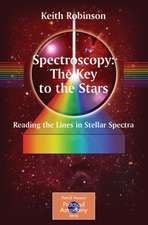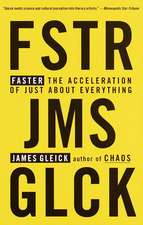Clock Synchronization and Navigation in the Vicinity of the Earth
Autor Thomas B. Bahderen Limba Engleză Paperback – 24 sep 2009
Preț: 301.71 lei
Preț vechi: 407.06 lei
-26% Nou
Puncte Express: 453
Preț estimativ în valută:
57.74€ • 59.94$ • 48.14£
57.74€ • 59.94$ • 48.14£
Carte disponibilă
Livrare economică 01-15 martie
Preluare comenzi: 021 569.72.76
Specificații
ISBN-13: 9781606921142
ISBN-10: 1606921142
Pagini: 105
Ilustrații: tables & charts
Dimensiuni: 153 x 228 x 8 mm
Greutate: 0.2 kg
Editura: Nova Science Publishers Inc
ISBN-10: 1606921142
Pagini: 105
Ilustrații: tables & charts
Dimensiuni: 153 x 228 x 8 mm
Greutate: 0.2 kg
Editura: Nova Science Publishers Inc
Cuprins
Preface; Introduction; Hardware Time, Proper Time, and Coordinate Time; Choice of a Physical Theory; World Function of Space-Time; Physical Measurements; Reference Frames and Coordinate Systems; Clock Synchronization; The Syntonization Problem; Geolocation in Curved Space-Time; Summary; Index.
















